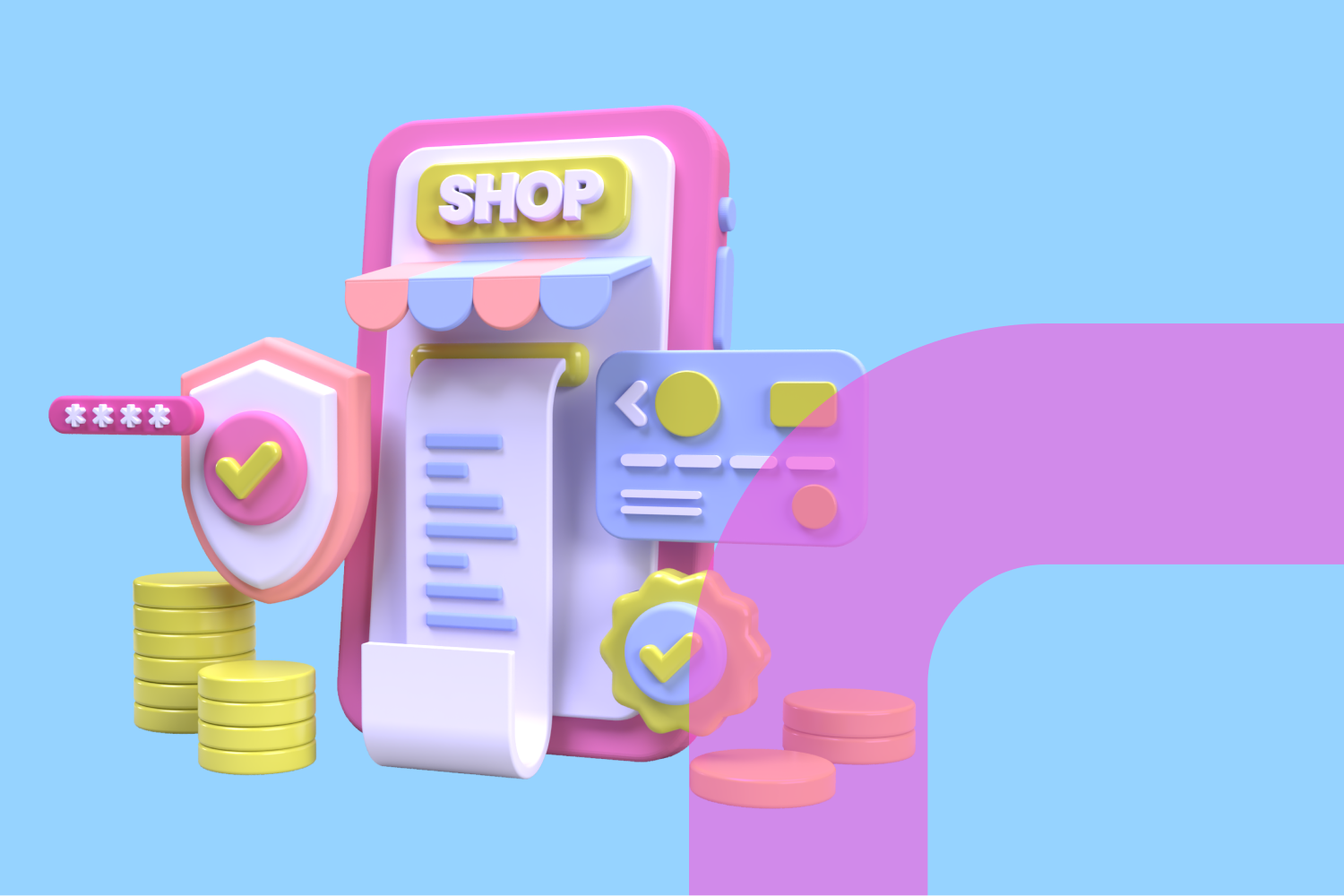Enabling Social Login Creates Better Mobile Experiences
Does your mobile app require users to create an account and manually enter a username and password to login? If so you can enable social login capabilities using any combination of Facebook Login, Google Sign-in and Sign in with Apple. These login providers greatly reduce friction and can help to streamline account creation and login flows for your new and existing users, thus improving initial signup conversion and increasing retention.
Keep reading to learn about the benefits of creating a seamless native login experience and for information on how to enable social login for your native iOS/Android apps using GoNative’s implementation guide.
Browse This Guide:
Social login is a way of creating a seamless login experience for end users. By adding social login buttons to your mobile or web applications, users can login using their existing Apple, Google or Facebook account information rather than creating a username and password for your specific app. These buttons can be used both during the initial sign-up process and and each subsequent time the user wishes to login to their account.
Enabling social login for mobile and web applications comes with a host of benefits for both you and your end users.
Convenient One-Click Access: With social login, you can greatly reduce the friction associated with signing up and signing into your app. Your users can access your services with a single tap versus entering username and password or filling out extensive information fields.
No Need to Remember Passwords: Your users can securely use their existing social accounts to access your app’s services without needing to create (and forget) a new username and password for your app.
Reduced Security Risk: By choosing to exclusively use social login, you can avoid the added security risks associated with storing your user’s passwords. You’ll also benefit from the security features offered by the social login providers.
Can Reduce App Bounce Rate/Cart Abandonments: Enabling social login makes the checkout, sign-up or sign-in process quick, easy and seamless. This can help encourage users who would have otherwise been deterred by having to fill out extensive information fields.
Improved UX: Creating a seamless login/sign-up experience is a crucial building block towards optimizing the user’s experience of both your app and your brand overall.

Social login greatly reduces the steps involved in signing up for and/or signing in to an account on a mobile or web app. Here is how the process works for the end user:
- Step #1: The user chooses the social login provider they wish to use in order to login (eg. Apple, Google, Facebook)
- Step #2: Your app then activates the respective Software Development Kit (SDK) which prompts a login screen associated with that social network provider.
- Step #3a: Facebook or Google users can simply tap to continue, provided they are already logged in on their device. If they are not logged in, they will have to enter the username and password associated with their Facebook or Google account.
- Step #3b: In the case of Apple, users who have enabled Face ID or Touch ID can quickly verify their identity using these features.
- Step #4: The SDK associated with the chosen social login sends your mobile app or website a user ID unique to that user which you can use to identify them and complete the login or sign up process.
There are different specifications involved in enabling Facebook Login, Google Sign-in and Sign in with Apple for both iOS and Android platforms. However, here is how the process works at a high level:
- Step #1: Choose which providers you wish to offer. In the case of iOS devices, Apple makes "Sign in with Apple" mandatory if you use any other provider. It’s also important to note that“Sign in with Apple” is only available on iOS devices.
- Step #2: Have your web developer register and configure unique accounts for each of your chosen social login providers and associate them with your app.
- Step #3: Add the social login functionality to your website in order to use the GoNative Social Login Plugin. That way, you’ll enable social login when your website is being displayed within your native app.
GoNative’s highly intuitive online app builder makes it easy to convert your existing website or web-based application into an immersive, visually stunning native app that will deliver a rich mobile experience for end users on both iOS and Android devices.
For GoNative customers, the Social Login Native Plugin facilitates a seamless native login experience for end users using any combination of Facebook Login, Google Sign-in and Sign in with Apple.
Steps for Implementing GoNative’s Social Login Native Plugin
GoNative’s Social Login Implementation Guide provides detailed, step-by-step instructions on how to enable the Social Login Native Plugin when your site is displayed through iOS/Android native apps. Consult the steps covered in the guide below and click the hyperlinks to access key parts of the guide.
Step #1: Configure Each Social Login Provider As Needed:
Step #2: Configure Website to Use GoNative Social Login Plugin Using:
Step #3: Add GoNative’s Sign in Buttons to Your Site (Or Add Your Own)
- The Social Login plugin includes a set of images you may use as buttons to trigger the launch of each of the native SDKs.

Step #4: Publish Your App to the App Stores!
- GoNative has published over 3500 native mobile apps and has a 97% approval rate submitting to the Apple App Store and Google Play Store.
.png)









